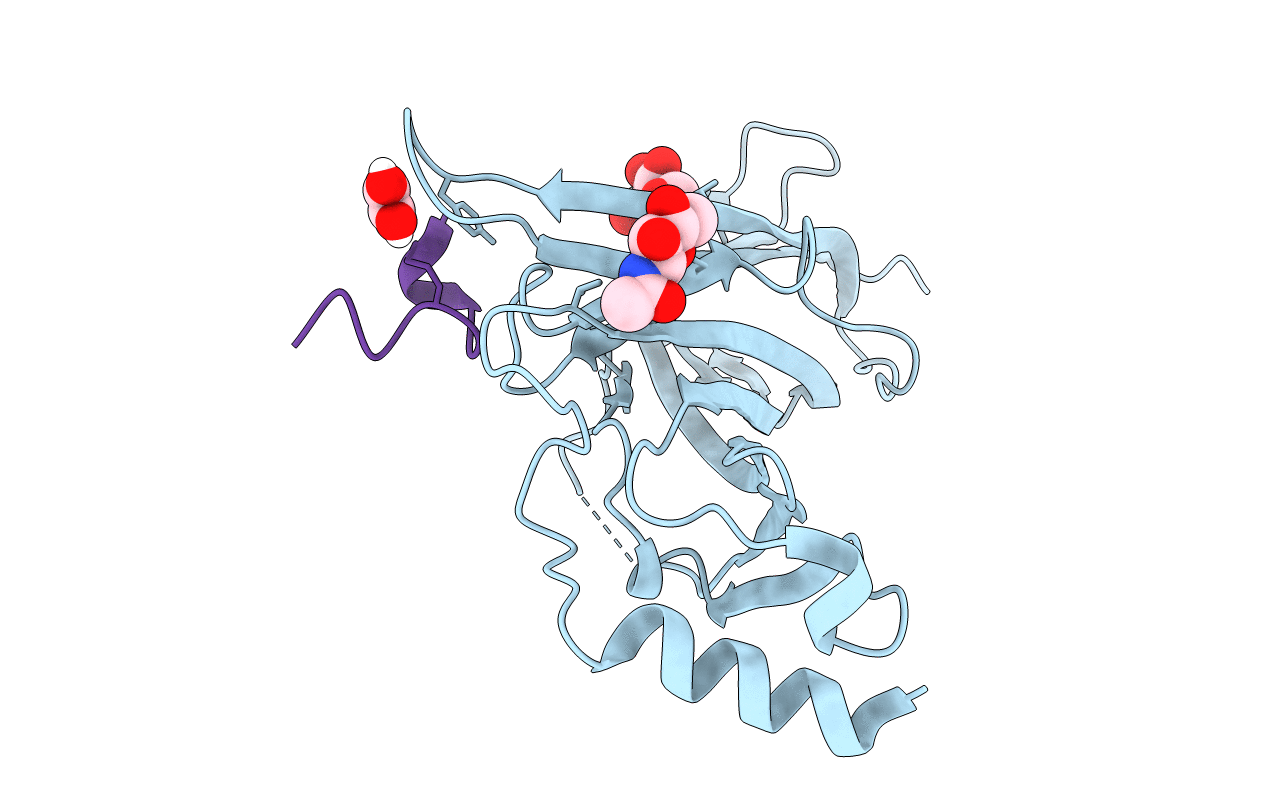
Deposition Date
2018-10-19
Release Date
2019-05-22
Last Version Date
2024-01-24
Entry Detail
PDB ID:
6HY7
Keywords:
Title:
Crystal structure of alpha9 nAChR extracellular domain in complex with alpha-conotoxin RgIA
Biological Source:
Source Organism:
Homo sapiens (Taxon ID: 9606)
Conus regius (Taxon ID: 101314)
Conus regius (Taxon ID: 101314)
Host Organism:
Method Details:
Experimental Method:
Resolution:
2.26 Å
R-Value Free:
0.24
R-Value Work:
0.19
R-Value Observed:
0.19
Space Group:
P 21 21 2


